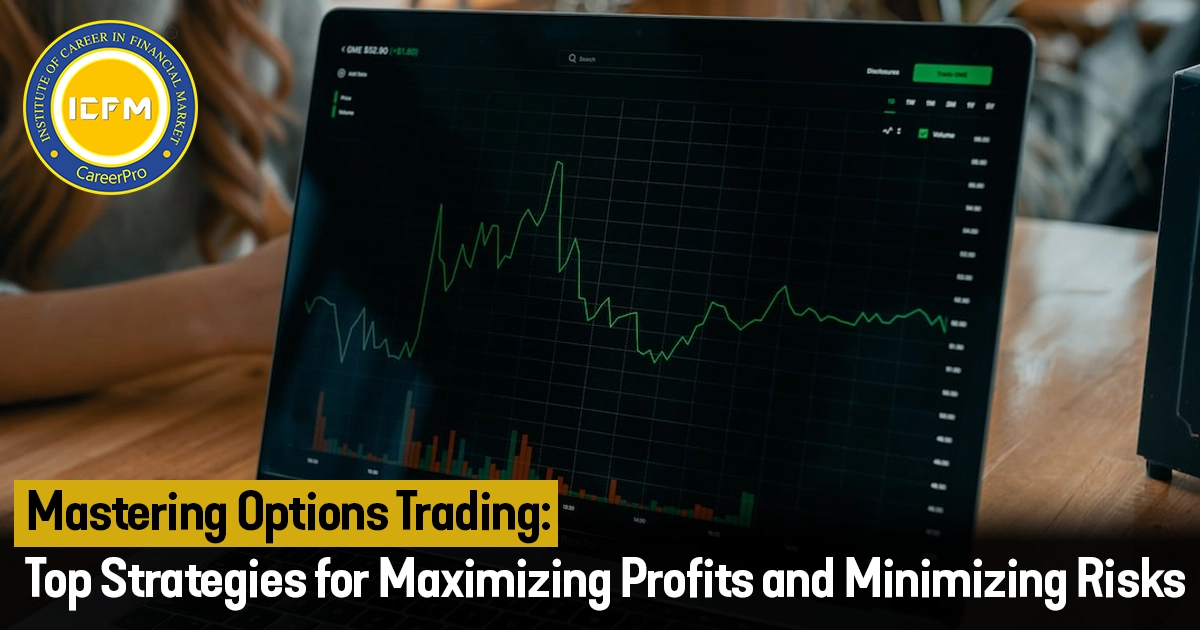What is a Call Option?
A call option is a financial derivative whereby the buyer of such an option has the right but is not obligated to buy a specified quantity of an underlying asset, for instance, stocks at a predetermined price the strike price within a specified time frame. In the Indian stock market, the preferred security used by traders and investors is call options when they forecast a price increase of the asset.
Key Features of Call Options:
- Underlying Asset: It can be equities traded on Indian platforms such as NSE or BSE, ETFs, or Indices.
- Strike Price: The price at which the option holder can buy the underlying asset. This is a critical variable in determining profit/loss conditions.
- Expiration Date: The date till which the option needs to be exercised. In India, the options expire on the last Thursday of the month.
- Price: The market selling price for the call option. It is the amount of money paid by the buyer to the seller for the right conferred by the option.
How Call Options Work in India
If you buy a call option you, in a way, expect the price of the underlying asset to rise above the strike price by the date of the option's expiration. Here is how that works:
Example
1. Put Option on Buying - Long Call Position:
You have just bought a call option from Reliance Industries. The present market price of the shares of Reliance Industries is ₹2,500. But the strike price is at ₹2,600 for a premium of ₹50.
2. Possible Outcomes:
- Price Increases Let us assume that Reliance price increases to ₹2,700 before expiry. Then you will exercise the call option and buy the stock at ₹2,600. Your profits would be now ₹2,700 - ₹2,600 - ₹50 (premium) = ₹50 per share.
- But, in case the price goes on trading below ₹2,600, then even it might so happen that the option would end worthless and, hence, the entire premium of ₹50 would get fully lost.
3. Exercise vs. Sale:
One can also exercise by selling that call option in the market if its value also rises.
Benefits of Call Options in India
- Leverage: Options let you trade an enormous position with just a tiny fraction of the money it would take to actually buy the shares themselves.
- Minimal Risk: You can lose u
- p to the full value of the contract, but your worst-case loss is capped at what you paid for the option's far less of a risk than owning the underlying asset outright.
- Flexibility: You can use call options in a myriad of strategies: for speculation, hedging or income generation.
Call Option Strategies
- Long Call: Buying call options when you expect the price to hike.
- Covered Call: Holding the underlying stock and selling call options against it to acquire premium income.
- Bull Call Spread: It is buying a call option at a lower strike price and selling another call option at a higher strike price to limit the risk.
Risk Relates to Call Options
- Time Decay: The more time that passes, the value of options tends to decrease. This might eventually result in a loss if the stock price increases.
- Market Volatility: The sudden changes in markets are against your option's value.
- Loss Potential: Total: The entire premium is lost if the market does not behave in your favor.
Regulatory Environment in India:
India has SEBI, which regulates and controls call options. NSE and BSE have options on several stocks and indices. Options trading is regulated and guided by SEBI rules and regulations.
Conclusion:
Indian investors can manage and minimize the risks by using call options properly to utilize their investments quite effectively. However, it entails too much complexity and risk and needs to be contemplated in detail. Educate yourself on options trading and maybe come up with an idea after consulting a financial advisor tailor-suited to your financial goals.









